What has the move to remote working meant for employee monitoring?
Reports show a growth in employee monitoring since the start of the pandemic, but are staff aware of the extent of surveillance?


This article originally appeared in the April edition of IT Pro 20/20, available here. To sign up to receive each new issue in your inbox, click here.
Employee monitoring is on the rise. ESG's international 2021 Technology Spending Intentions Survey noted that almost half (48%) of senior IT decision makers questioned had been asked to increase employee monitoring since the start of the pandemic, while GetApp's Employee Monitoring Survey reported that one in four UK SMBs have implemented employee monitoring software in that time.
Other experts, however, say these statistics should be viewed with caution, as employee surveillance is an under researched area with little hard data available. Dr Alan Warr, chair of BCS' Consultancy Specialist Group notes that employee monitoring has – to some extent – always been around, particularly in regulated industries, but that over the last few decades use of digital monitoring tools has steadily risen and will continue to do so.
"From my industry contacts I'm not hearing of surging growth, as is being reported in some instances, but there is certainly some increase," he says.
The positive side of employee monitoring
Far from a tool for control and coercion, many managers view monitoring software as a positive thing for their workforce, says Sonia Navarrete, senior content analyst at GetApp. Her company's survey reported that over half (54%) of managers questioned had taken positive actions based on the data from monitoring software, such as giving staff bonuses or promotions.
Mark Bowker, a senior analyst at ESG agrees with Navarrete's view, explaining that managers are using monitoring tools to ensure they're in touch with their employees now so many are working remotely. "Before the pandemic you'd catch up when you get a coffee, or grab them in the hallway to ask how things were going. With a distributed workforce, managers are looking for different ways to capture insights on employees to understand what and how everyone's doing."
RELATED RESOURCE
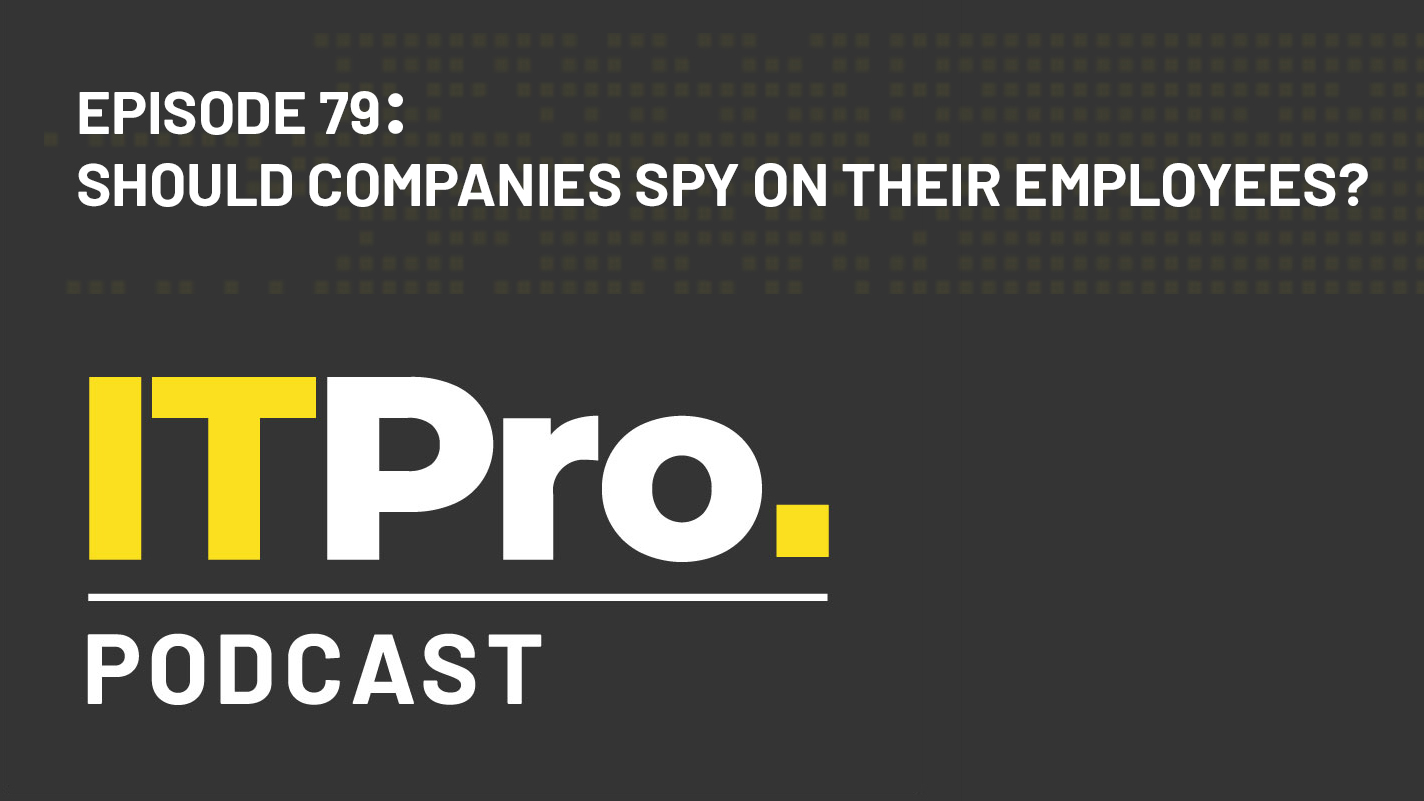
The IT Pro Podcast: Should companies spy on their employees?
Where’s the line between security and surveillance?
It's undeniable that key reasons for employee monitoring are keeping track of productivity and ensuring security, but many organisations also point to employee welfare and support as a reason for staff surveillance.
Get the ITPro daily newsletter
Sign up today and you will receive a free copy of our Future Focus 2025 report - the leading guidance on AI, cybersecurity and other IT challenges as per 700+ senior executives
"Employee burnout is a big problem right now," points out Angela Salmeron, European Future of Work Practice Lead at IDC. "Organisations want their staff to be productive, but they also want to check they aren't overworking either.
"A part of this monitoring is also employee digital experience management," she continues. "Many organisations have had to undergo extensive digital transformation to enable staff to work remotely. They're using monitoring technology firstly to ensure staff have all they need to do their work, and secondly, that they're using the hardware and software given to them correctly."
How are staff being monitored?
Different organisations monitor staff in different ways. GetApp's survey reported that 35% of managers use video surveillance measures, while 30% monitor digital communications such as email, instant chat and video calls. Just shy of a quarter (23%) monitor their employees' use of social media.
"Protective monitoring of digital assets like email and data is now increasingly ubiquitous along with monitoring of network usage and accessing external websites. Direct monitoring is also proactive with work activity recording the use of applications and equipment," says Warr. "More extreme, perhaps, is the use of periodically capturing screen or camera shots to create a rolling record of what employees are doing. This is being reported increasingly, and advocated as an option by some of the vendors."
Questions around trust, ethics and privacy
Although it's a legal requirement for employers to inform staff if they're being monitored, 6% of managers surveyed by GetApp said that staff were quite unaware of tracking measures and only those in management and leadership roles had been informed, while 1% said employees were totally unaware.
Employee monitoring raises questions around trust, ethics and privacy. Many have concerns around how it is used – and understandably so, as 30% of managers admitted to GetApp that they'd willingly overstepped their legal rights to monitor employees at least once.
Just last year Microsoft bore the brunt of privacy champions' anger when it was highlighted that Office 365's productivity score feature enabled managers to drill down into data on individual employees' activity. Not long after the alarm was raised Microsoft changed the feature to only enable analytics at a team level.
"This shows you how rapidly views around monitoring are changing," notes Salmeron. "There needs to be a culture of trust and so employers must get consent from employees and make clear what they're monitoring and why."
"There's a threat that employee monitoring could become extremely intrusive," continues Warr. "Undoubtedly there are legitimate and beneficial outcomes to be harvested, but a plethora of bad outcomes are drawing real concern from many."
How far will employee monitoring go?
How things will play out is a matter of contention. Almost three quarters (71%) of managers GetApp surveyed said they will continue to invest in this type of software this year and beyond. On the flipside Warr believes there may be a short-term "fad" where organisations check out the efficacy of employee monitoring for remote working, but that for most the business case will not be strong enough.
RELATED RESOURCE
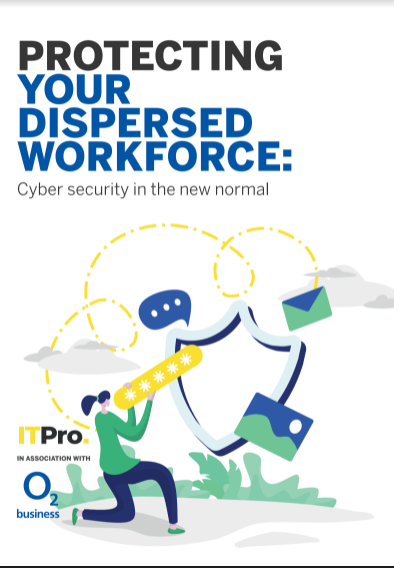
His advice to organisations considering investing in such solutions is to look at two forms of ROI. "The first is return on investment – which is whether the benefits justify the costs and risks. But all managers are trained in the very significant negative implication on trust, morale, culture and staff turnover of micromanaging. Therefore, the second ROI is 'return on intrusion', highlighting that intrusion has its own costs and risks to be fully considered.
"I expect managers to work it through either from a basic philosophical, values or ethical perspective, or by working out what does and doesn't work from data. Those organisations that get it wrong will suffer from lower moral and reputational damage. I suspect there's a natural balance that will be reached between surveillance of employees in ways that are helpful and learning what damages the organisation and is just beyond the pale," he concludes.
Keri Allan is a freelancer with 20 years of experience writing about technology and has written for publications including the Guardian, the Sunday Times, CIO, E&T and Arabian Computer News. She specialises in areas including the cloud, IoT, AI, machine learning and digital transformation.
-
 Should AI PCs be part of your next hardware refresh?
Should AI PCs be part of your next hardware refresh?AI PCs are fast becoming a business staple and a surefire way to future-proof your business
By Bobby Hellard Published
-
 Westcon-Comstor and Vectra AI launch brace of new channel initiatives
Westcon-Comstor and Vectra AI launch brace of new channel initiativesNews Westcon-Comstor and Vectra AI have announced the launch of two new channel growth initiatives focused on the managed security service provider (MSSP) space and AWS Marketplace.
By Daniel Todd Published
-
 Chicanes and tunnels
Chicanes and tunnelsWebinar The race to securely connect remote users
By ITPro Published
-
 Chicanes and tunnels: The race to securely connect remote users
Chicanes and tunnels: The race to securely connect remote usersWebinar Performant and reliable access across the globe
By ITPro Published
-
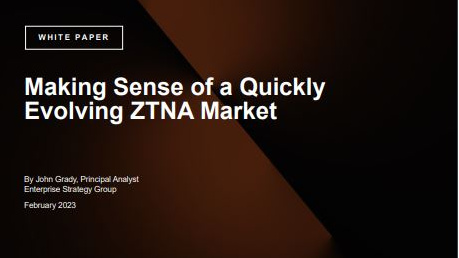 Making sense of a quickly evolving ZTNA market
Making sense of a quickly evolving ZTNA marketWhitepaper New insights from the Enterprise Strategy Group
By ITPro Published
-
 Want to secure your hybrid workforce with ZTNA?
Want to secure your hybrid workforce with ZTNA?Whitepaper Ten must-have capabilities for ZTNA
By ITPro Published
-
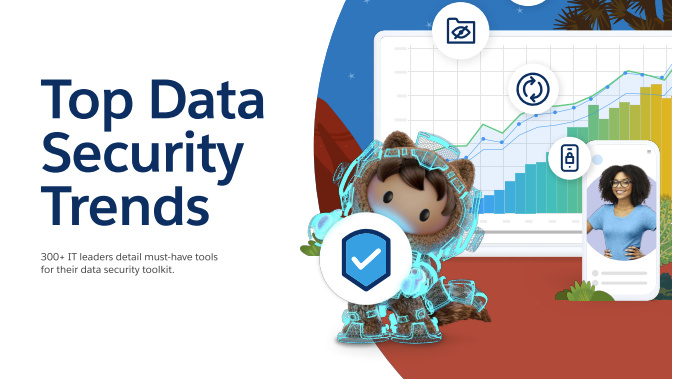 Top data security trends
Top data security trendsWhitepaper Must-have tools for your data security toolkit
By ITPro Published
-
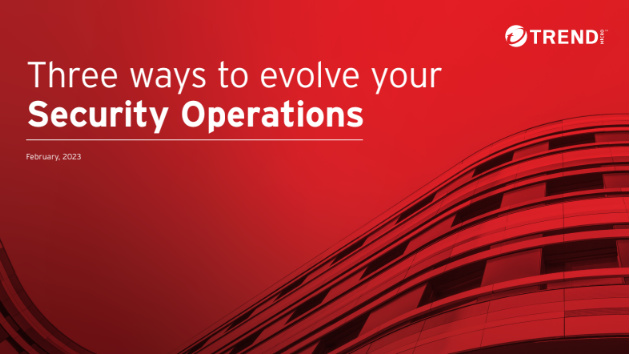 Three ways to evolve your security operations
Three ways to evolve your security operationsWhitepaper Why current approaches aren’t working
By ITPro Published
-
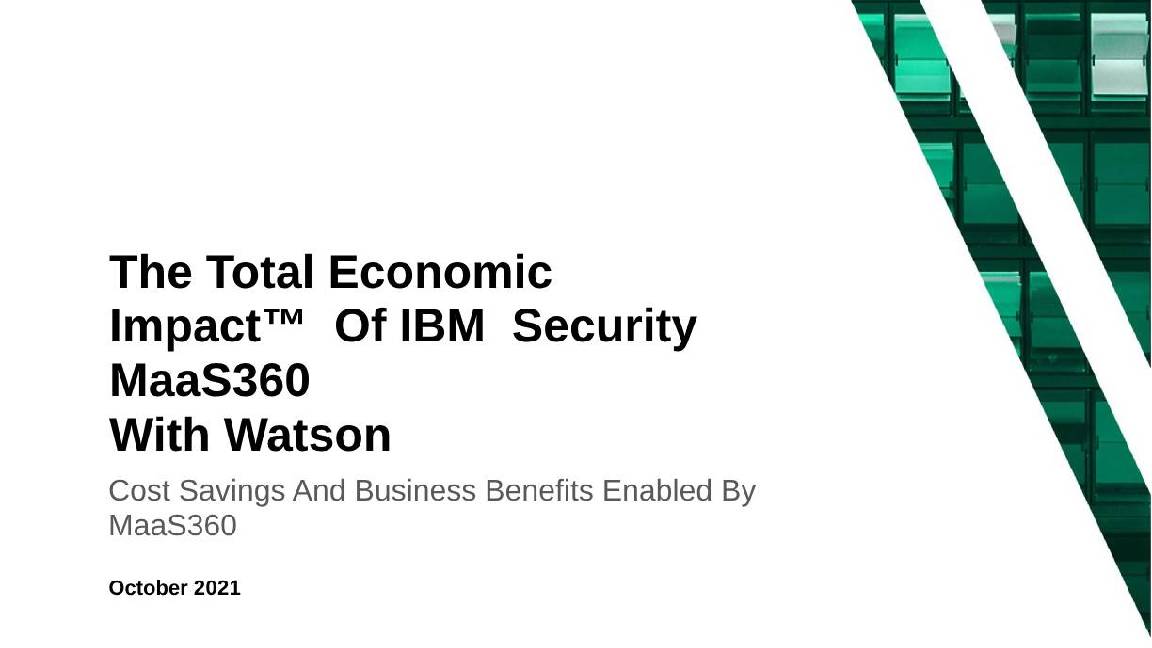 The Total Economic Impact™ of IBM Security MaaS360 with Watson
The Total Economic Impact™ of IBM Security MaaS360 with WatsonWhitepaper Get a framework to evaluate the potential financial impact of the MaaS360 on your organization
By ITPro Published
-
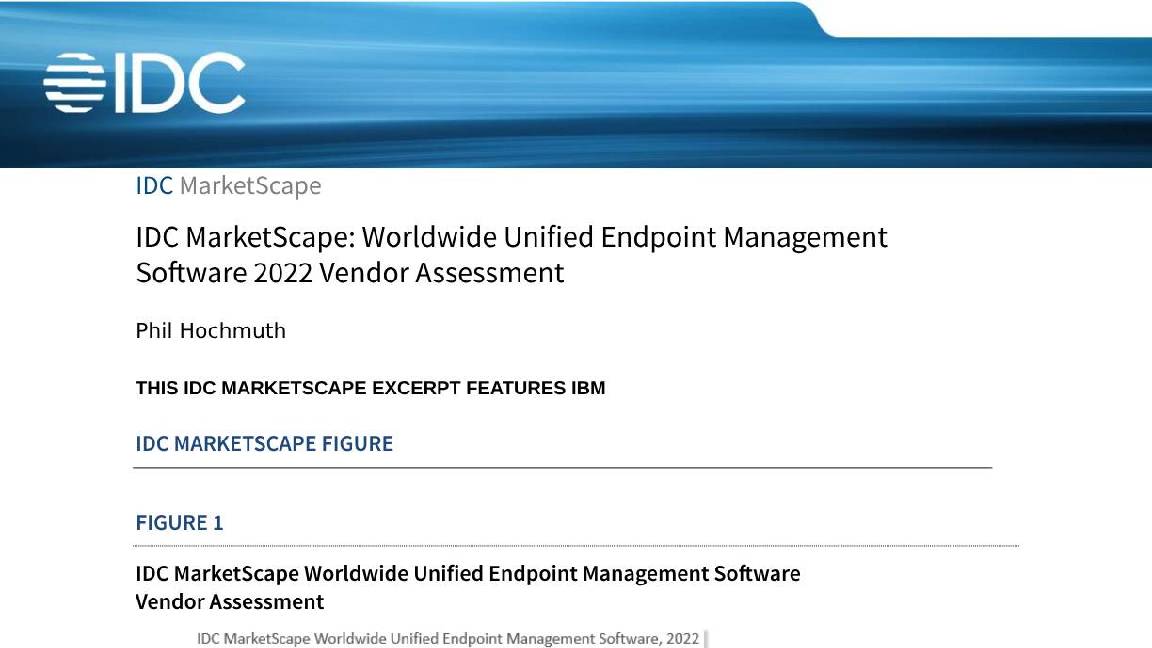 Unified endpoint management software vendor assessment
Unified endpoint management software vendor assessmentWhitepaper Make positive steps on your intelligent automation journey
By ITPro Published